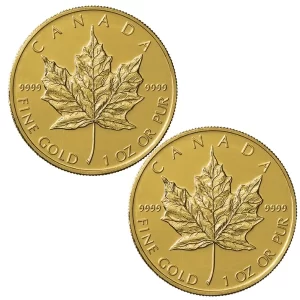Silver, often overshadowed by its yellow counterpart Gold in the world of precious metals, has a unique standing in the global market. It’s not just a metal sought after for its shine and investment value. Silver is extensively used in various industries due to its exceptional conductive and reflective properties. Today, we’ll delve deep into the correlation between silver prices and its industrial demand, shedding light on how industry drives the value of this versatile metal.
Some Background Info
Before we dive into specifics, it’s important to understand silver’s multi-faceted role. Historically, silver served primarily as currency and ornamentation. Fast forward to the modern era, it’s found its way into multiple industries including electronics, photography, and even medicine. This transition from decorative to functional has steered its value not just in scarcity, but in utility.
Driving Demand in Electronics
One of the biggest consumers of silver is the electronics industry. The white metal’s superior electrical conductivity makes it an essential component in everything from simple switches to high-tech devices. As our world becomes increasingly interconnected and digitized, the demand for devices, and by extension silver, has grown exponentially. Each smartphone, for instance, uses a small amount of silver, and with billions of phones manufactured, the cumulative demand is substantial.
Solar Energy and Silver’s Role
The surge in renewable energy solutions, particularly solar panels, has given silver demand an additional boost. Cells in solar panels use silver as a conductive layer. As countries push for greener energy solutions, the solar industry’s consumption of silver has become a significant price driver.
Medicine and Silver’s Antibacterial Qualities
Silver’s natural antibacterial properties have been known since ancient times. Today, these properties are harnessed in medical applications, from wound dressings to certain types of medical equipment. As we advance in healthcare solutions, especially with increasing concerns about antibiotic-resistant bacteria, silver’s role might become even more prominent.
Supply vs. Demand
While it’s clear that industrial demand pushes silver prices upwards, the supply side can’t be ignored. Most of the silver produced is a by-product of mining for other metals, like gold, zinc, and copper. This means that even if silver prices rise, mining might not increase unless it’s profitable for the primary metal being mined. This unique supply-demand relationship can lead to intriguing price dynamics.
Future Outlook
With advancements in technology and a shift towards sustainable energy, silver’s industrial demand looks poised to grow even further. However, like all commodities, external factors like geopolitical events, mining costs, and global economic conditions can influence price. For investors and industry-watchers alike, understanding this relationship is key to predicting where silver prices might head next.
 Hi,
Hi,






















